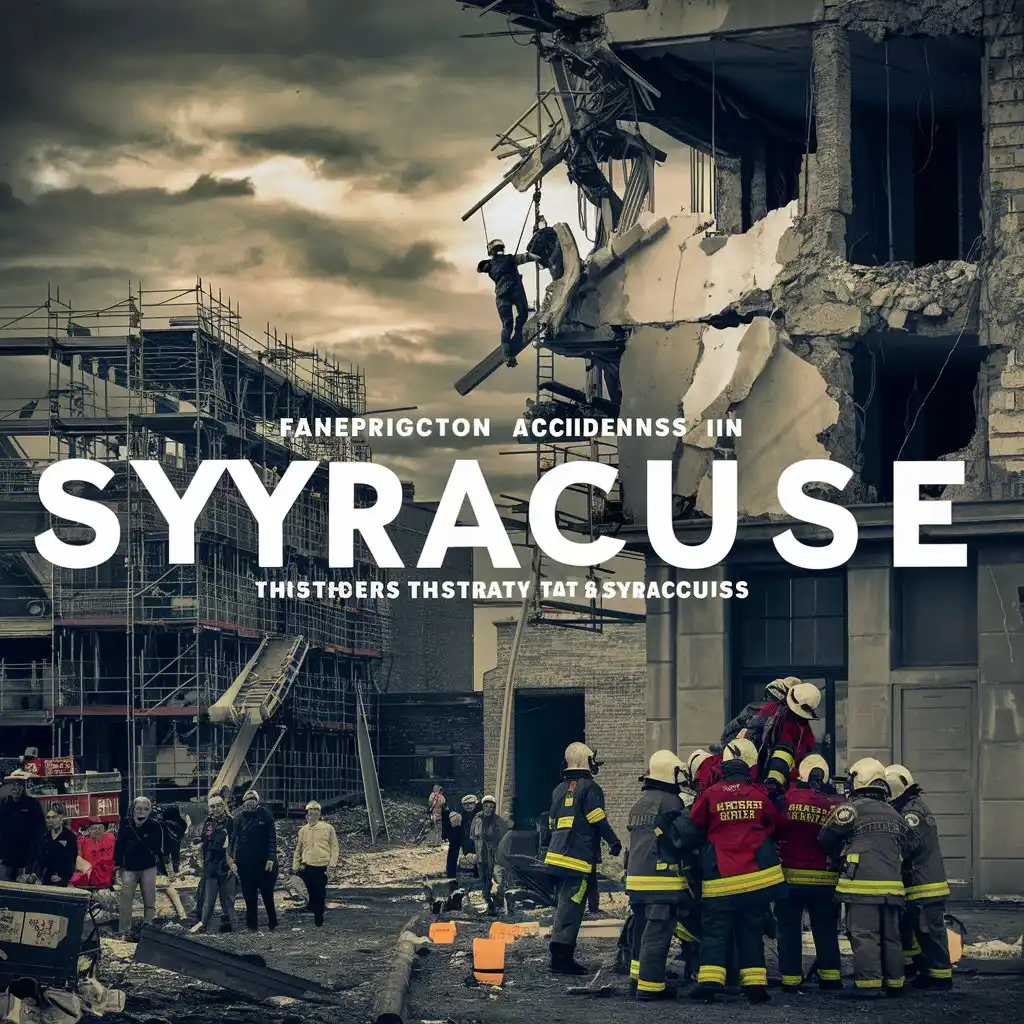LASIK Eye surgery Belmont Cragin, Chicago has become a popular option for vision correction, helping people reduce or eliminate their dependence on glasses and contact lenses. However, not all LASIK procedures are the same; advancements in technology have led to the development of various types of LASIK, each with specific benefits for different eye conditions and patient needs. Here, we explore the primary types of LASIK eye surgery to help you understand your options and choose the best approach for your vision correction.
Conventional LASIK (Traditional LASIK)
Conventional LASIK, also known as standard LASIK, is the original form of LASIK surgery. This procedure involves creating a thin, hinged flap on the cornea’s surface, which is then lifted to allow a laser to reshape the underlying corneal tissue. By reshaping the cornea, LASIK corrects common refractive errors, such as myopia (nearsightedness), hyperopia (farsightedness), and astigmatism.
During conventional LASIK, the surgeon uses a blade or microkeratome to create the corneal flap. The procedure is highly effective and is generally completed within minutes for each eye. While it remains a popular choice, conventional LASIK may not be as precise as newer forms of the surgery, particularly for individuals with unique corneal shapes or higher prescriptions. For most people, though, conventional LASIK offers excellent results and rapid recovery.
Wavefront-Guided LASIK (Custom LASIK)
Wavefront-guided LASIK, often referred to as custom LASIK, uses advanced mapping technology to create a detailed, three-dimensional model of the patient’s cornea. This “wavefront” map allows the surgeon to identify and correct not only basic refractive errors but also higher-order aberrations, which are minor irregularities that can affect night vision, contrast, and clarity. These aberrations are unique to each person and cannot be corrected with conventional LASIK.
During wavefront-guided LASIK, the surgeon uses the wavefront data to guide the laser’s movements, creating a highly customized correction. This technology makes custom LASIK ideal for individuals with complex prescriptions or who experience symptoms like glare, halos, or poor night vision. Wavefront-guided LASIK offers a more personalized approach, providing improved clarity and a lower risk of side effects compared to conventional LASIK.
Wavefront-Optimized LASIK
Wavefront-optimized LASIK is a variation that uses wavefront data to optimize the laser treatment specifically for the corneal shape, minimizing the risk of inducing spherical aberrations. Unlike wavefront-guided LASIK, which targets unique higher-order aberrations, wavefront-optimized LASIK focuses on preserving the natural shape of the cornea while correcting refractive errors. This approach is especially beneficial for people with low to moderate prescriptions.
By preserving the natural curvature of the cornea, wavefront-optimized LASIK reduces the risk of halos and glare after surgery, providing better night vision than conventional LASIK. This type of LASIK is often recommended for patients with low prescriptions or those who want a safe, reliable option that maintains the integrity of the cornea’s shape.
Femtosecond LASIK (All-Laser LASIK)
Femtosecond LASIK, also known as bladeless LASIK or all-laser LASIK, uses a femtosecond laser instead of a blade to create the corneal flap. The femtosecond laser is extremely precise, allowing for a smoother, more consistent flap creation than traditional microkeratomes. This all-laser approach is often considered safer, as it minimizes the risk of complications related to blade use, such as uneven flaps or flap-related complications.
All-laser LASIK provides greater control over the flap’s thickness, making it a suitable option for individuals with thin corneas who may not qualify for conventional LASIK. Patients often experience faster healing and less post-surgery discomfort, and the precise flap creation can lead to improved visual outcomes. Femtosecond LASIK is a preferred option for individuals who seek the latest technology and enhanced safety in LASIK procedures.
Topography-Guided LASIK
Topography-guided LASIK, also known as Contoura Vision LASIK, is one of the most advanced forms of LASIK, designed to treat irregularities on the surface of the cornea. Using corneal topography mapping, this approach captures thousands of data points on the cornea to create a detailed surface map. This map allows the surgeon to smooth out imperfections on the corneal surface, resulting in improved vision quality and reduced symptoms like halos or glare.
Topography-guided LASIK is especially beneficial for individuals with corneal irregularities, such as scars, keratoconus, or previous unsuccessful LASIK procedures. By targeting surface irregularities, topography-guided LASIK offers a highly customized treatment that goes beyond standard refractive correction. This option is ideal for individuals seeking the most precise, tailored approach to address complex vision needs.
PresbyLASIK (Multifocal LASIK)
PresbyLASIK is designed specifically for individuals with presbyopia, an age-related condition that affects near vision. Presbyopia occurs as the eye’s lens loses flexibility, making it harder to focus on close objects. PresbyLASIK uses a unique technique to create a multifocal corneal shape, allowing the eye to focus on both near and distant objects. The result is similar to the effect of bifocal or multifocal contact lenses, offering a solution for those who need vision correction for both reading and distance.
While not suitable for everyone, PresbyLASIK is beneficial for patients over the age of 40 who want to reduce their dependence on reading glasses. This procedure may have limitations, as it can sometimes lead to compromised vision quality, particularly at night. However, for individuals seeking a solution to presbyopia, PresbyLASIK offers a promising option.
SMILE (Small Incision Lenticule Extraction)
Although not technically a LASIK procedure, SMILE (Small Incision Lenticule Extraction) is another form of laser eye surgery designed to correct myopia and mild astigmatism. In SMILE, a femtosecond laser creates a small, lens-shaped tissue (lenticule) within the cornea, which is then removed through a small incision. This reshapes the cornea to correct vision, similar to how LASIK achieves results but without creating a corneal flap.
SMILE is considered minimally invasive compared to LASIK and may offer faster healing times and reduced dryness. Since it does not involve a flap, SMILE is suitable for individuals with active lifestyles who may be concerned about the risk of flap-related complications. This procedure is also ideal for people with thinner corneas, making it a promising alternative to traditional LASIK for eligible candidates.








